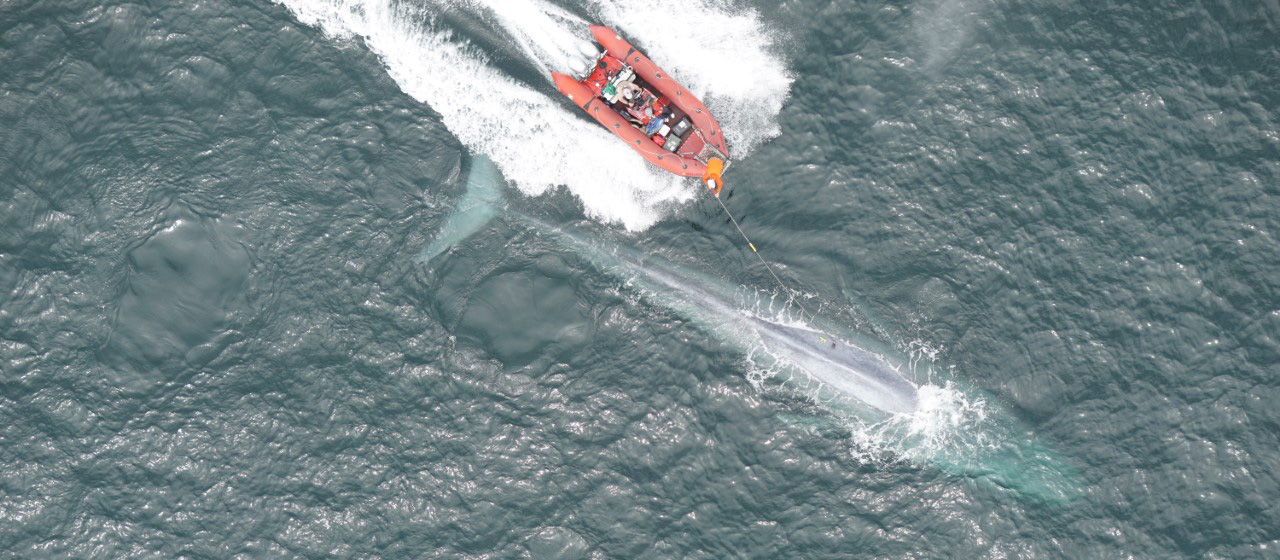
Scientists make a Fitbit for Blue Whales
Not enamoured with the idea of fitting a Fitbit to a whale, Stanford University has created a small device that enables researchers to track the Blue Whale’s heartbeat. Using four suction cups that secure the sensor-packed tag near the whale’s left flipper, the device has enabled researchers to record the animal’s heart rate for the first time. The recorded data has shown that a blue whale’s heart is already working at its limit, which may explain why blue whales have never evolved to be bigger.
The heart rate of the Blue Whale was at its lowest when searching for food instead of at its highest like other animals during hunting. The highest heart rate recorded when the whale was surfacing, beating 25-37 beats per minute, while the lowest rates were 30 to 50 % lower than predicted demonstrating the elasticity of the whale’s heart structure. Researchers believe that the low heart rate may be explained by a stretchy aortic arch which slowly contracts to maintain some additional blood flow in between beats. The impressively high heart rate of the whale may depend on factors in the heart’s movement and shape that prevent the pressure waves of each beat from disrupting blood flow. To better understand this aspect of whale physiology, researchers would like to expand the study to other members of the rorqual whale group, such as fin whales, humpbacks and minke whales.
Jeremy Goldbogen, Assistant Professor of Biology in the School of Humanities Sciences at Stanford told the Stanford News:
“Animals that are operating at physiological extremes can help us understand biological limits to size,” said Goldbogen. “They may also be particularly susceptible to changes in their environment that could affect their food supply. Therefore, these studies may have important implications for the conservation and management of endangered species like blue whales.”
To read more about the study head to the Stanford News website.
To read the published study head to the PNAS website.
Banner photo credit: Goldbogen Lab/Duke Marine Robotics and Remote Sensing Lab; NMFS Permit 16111


